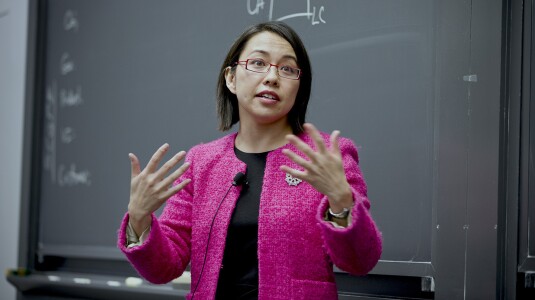Customer-obsessed science


Research areas
-
December 10, 20255 min readNew audio-processing technology is making entertainment more accessible for millions of viewers.
-
December 8, 20258 min read
-
December 5, 20256 min read
-
-
Featured news
-
KDD 2025 Workshop on Evaluation and Trustworthiness of Agentic and Generative AI Models2025Humor is a complex yet essential aspect of human communication. It can be defined as a communicative expression establishing surprising, incongruent relationships or meanings to amuse. This paper presents empirical evidence demonstrating the successful application of computational methods to humor recognition in AI generated textual data, specifically jokes. Through experiments on synthetic and open-source
-
KDD 2025 Workshop on LLM4ECommerce2025Offsite marketing is essential in e-commerce, enabling businesses to reach customers through external platforms and drive traffic to retail websites. However, most current offsite marketing content is overly generic, template-based, and poorly aligned with landing pages, limiting its effectiveness. To address these limitations, we propose MarketingFM, a retrieval-augmented marketing content generation system
-
2025The increasing complexity and fragmentation of financial systems in large organizations have created significant challenges for financial teams, particularly in performing real-time, end-to-end validation, as existing validation methods relying on static rules or batch processing are often inadequate for today’s dynamic financial environments. This paper introduces a novel approach using Large Language
-
KDD 2025 Workshop on LLM4ECommerce2025Building and maintaining a rich and high-quality product schema helps customers of an e-commerce service find products based on the characteristics they desire. As the quantity of products sold on the service increases, so does the complexity of maintaining the schema. Expanding it requires finding gaps, designing new product attributes, and ensuring that they do not already exist in the schema. In this
-
KDD 2025 Workshop on LLM4ECommerce2025Customer service in e-commerce often relies on human agents to handle inquiries related to orders, returns, and product information. While this approach is effective, it can be expensive and difficult to scale during periods of high demand. Recent advances in intelligent chatbots, particularly those based on Retrieval Augmented Generation (RAG) models, have significantly improved customer service efficiency
Collaborations
View allWhether you're a faculty member or student, there are number of ways you can engage with Amazon.
View all











































